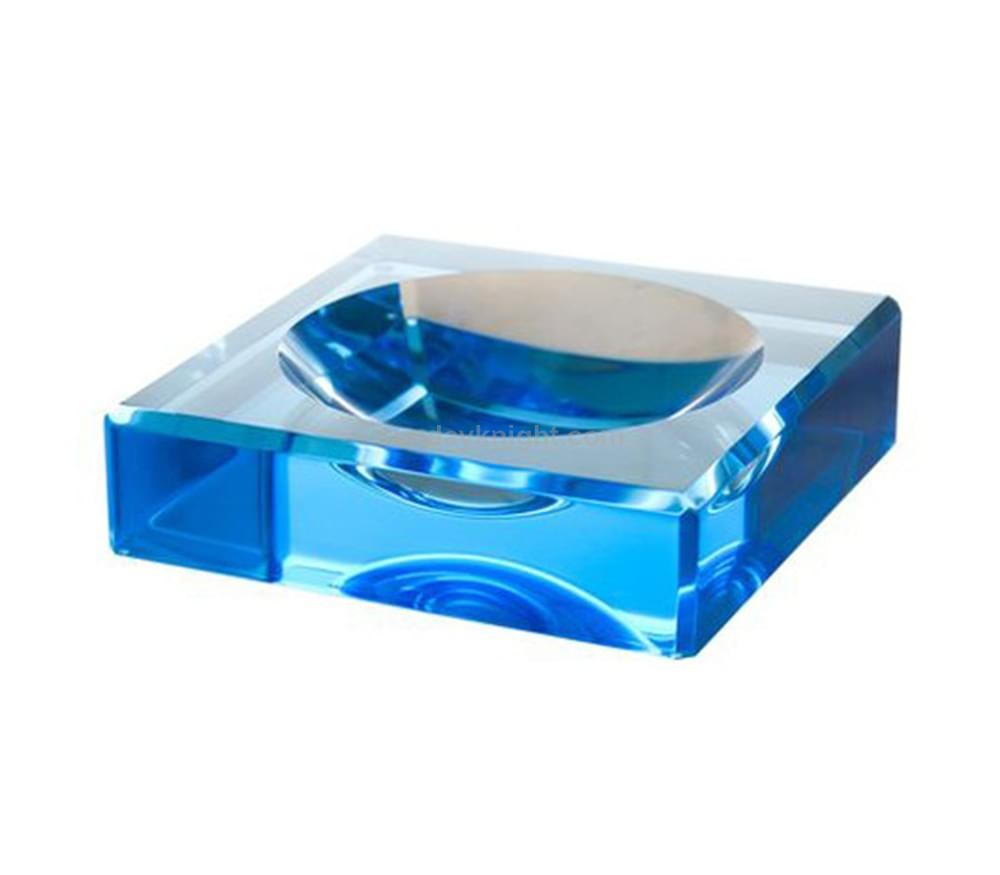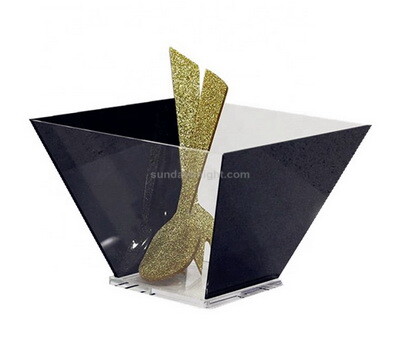The kitchen has evolved into a dynamic space where innovation meets functionality. As technology continues to shape our culinary experiences, the incorporation of acrylic products has revolutionized the way we perceive kitchen utensils. With its versatility, durability, and aesthetic appeal, acrylic has emerged as a prominent material in the design and manufacturing of various kitchen tools and appliances, marking a significant stride towards the future of kitchenware.



The Versatility of Acrylic in Kitchen Utensils:
Acrylic, known for its remarkable versatility, has found its way into an array of kitchen utensils, serving multiple purposes. Its lightweight property makes it an ideal choice for designing ergonomic utensils, facilitating effortless handling and maneuverability during food preparation. From transparent measuring cups and mixing bowls to sleek spatulas and ladles, acrylic’s adaptability ensures the creation of functional tools that cater to diverse culinary needs.
Durability and Hygiene:
In the context of kitchen hygiene and safety, the durability of acrylic products remains unparalleled. Unlike traditional materials prone to corrosion or breakage, acrylic demonstrates remarkable resistance to impact and chemical degradation. This characteristic not only ensures the longevity of kitchen utensils but also promotes a hygienic food preparation environment, as acrylic surfaces are easy to clean and maintain. With the growing emphasis on food safety, the integration of acrylic in kitchenware serves as a reliable solution for maintaining high standards of cleanliness and durability.
Aesthetic Appeal and Modern Design:
In addition to its practical benefits, the aesthetic appeal of acrylic products contributes to the overall modernization of kitchen spaces. The transparent and glossy nature of acrylic lends a contemporary touch to kitchen utensils, enhancing the visual appeal of the culinary setting. The sleek and polished finish of acrylic cookware and storage containers not only elevates the kitchen’s aesthetic but also complements various interior design styles, creating a cohesive and sophisticated culinary environment.
Innovative Applications in Smart Kitchens:
The ongoing advancements in technology have paved the way for the integration of acrylic products in smart kitchen appliances. Acrylic’s compatibility with digital interfaces has enabled the development of innovative touch screen displays, interactive recipe holders, and sensor-equipped storage containers, enhancing the functionality and user experience in smart kitchen environments. The seamless incorporation of acrylic in the latest kitchen gadgets demonstrates its pivotal role in shaping the future of smart culinary spaces, where convenience and efficiency are paramount.
Environmental Considerations and Sustainability:
Furthermore, the environmental sustainability of acrylic products has garnered attention, aligning with the global shift towards eco-friendly practices. Manufacturers are increasingly focusing on the production of recyclable and eco-conscious acrylic kitchenware, contributing to the reduction of plastic waste and promoting a more sustainable approach to kitchen utensil design. By prioritizing the use of eco-friendly acrylic materials, the kitchen industry is taking significant strides towards a greener and more sustainable future.
Conclusion:
In conclusion, the integration of acrylic products in kitchen utensils exemplifies the intersection of innovation, functionality, and aesthetics. From enhancing durability and hygiene to promoting modern design and sustainable practices, acrylic has become an indispensable component in shaping the future of kitchenware. As technology continues to evolve, the utilization of acrylic in the culinary realm is poised to redefine the way we perceive and interact with our kitchen spaces, fostering a seamless and sophisticated culinary experience for years to come.
